The Art Lawyer's Diary by Barbara Hoffman: Grand Tour - Documenta 14, Skulptur Projekte 2017, Mondrian
Aug 8, 2017
With a scheduled business trip to Amersfoort, Netherlands (yes, I am still practicing art and cultural heritage law), I took the opportunity to travel six days earlier to continue what the art world has called "The Grand Tour": from Venice, to Kassel ("Documenta") and Münster ("Skulptur Projekte"). Whilst the "Grand Tour" included Basel, my self-guided exploration and added visits to Piet Mondrian at the Gemeente Museum Den Haag in the Netherlands, to Mondrian's childhood home in Amersfoort, and to Utrecht to visit the Rietveldt Schröder House.
In 1917, Piet Mondrian and Theo Van Doesberg founded De Stijle, the revolutionary Dutch art and design movement. The country celebrates the 2017 centenary. With the biggest and best collection of Mondrians, and one of the major De Stijl collections, Gemeente Museum in the Hague is at the heart of the yearlong celebrations and program of events celebrating 100 years of De Stijl, under the title Mondrian to Dutch Design: 100 Years of De Stijle. The Gemeente Museum has mounted the most ambitious display of Piet Mondrian's work ever mounted: De Ontdekking Van Mondrian.
In 1918, Mondrian and Van Doesberg along with four other artists published a formal manifesto: figurative art was a thing of the past and only abstraction had a future. As the Gemeente Museum describes it;
De Stijl was like a band of dreamers looking to the future: the ultimate ideal of De Stijl was a world in which everything would be art. Just as factories produce goods, so art should produce life.
As critic Claire Doherty wrote, ‘The decennial alignment of these significant European art events in the summer of 2017, provides a moment to take bearings-to experience the new encounters and familiar places through older eyes against the back grab of the inevitable seismic geopolitical shifts that a decade brings whilst Kassel and Venice perform as the artistic platforms for global concerns every five in two years respectively, Münster occurs every ten."
I visited Münster in 1987 and 1997. Whilst most installations are temporary, it was like a reunion to revisit some of my favorite works, purchased by the city for permanent installation.
Notwithstanding, some negative early reviews from friends, art critics and other art world fellow travelers to Documenta 14, "Learning from Athens", my experience visiting Documenta in Kassel from Friday afternoon through Sunday and Münster Monday and Tuesday was both a moving and learning experience. Both venues provide access from 10-8 pm. The sun sets well after 9 pm, and as a woman on a mission to experience as much with quality time and without the constraints of an organized group with the deadly lunch breaks, I saw as much– maybe more than necessary– to feel I could write and share my experiences.
It is impossible to adequately write in the limited space available a detailed critique of each of the exhibitions visited on this Grand Tour of northern Europe, however, instead I have selected from each venue certain works which I felt best represented the curatorial objectives and give a sense to the diversity of approaches. My selections are influenced by my interest in art and its interaction with the body politic and art which questions existing legal, political and social relationships.
By way of context, Christine Macel, artistic director of the Venice Biennale, described Vive Arte Viva as a peremptory exclamation:
Contemporary art cannot be understood as mere representation or imitation. [It is] an instrument of inquiry, both of the creative process and of the different questions pertaining to Humankind and the world…
Art in itself helps us to navigate in these times; its very existence is a resistance in itself. As Gilles Deleuze used to say, art is not about communication, but it is an act of resistance…Contemporary art cannot be understood as mere representation or imitation: it is a reality tout court, an instrument of inquiry, both of the creative process and of the different questions pertaining to Humankind and the world. Therefore, the artists should not produce fetishes, but works that are capable of engaging the users in an aesthetic experience that also includes life."
Contrary to Macel’s Viva Arte Viva which puts artists on a pedestal and glorifies art for art’s sake, the individual pavilions at Venice did not consider art and the political as mutually exclusive. I have already discussed my love affair with Germany’s Anne Imhof’s Faust, which won the Golden Lion for Best Country Pavilion. As Juliane Rebentisch writes in the Faust catalogue, "The implication of the audience in Imhof's work is a consequence not least importantly of its open form. An atmosphere prevails in it in which everything is meaningful – or nothing is – because whatever is gathering is kept in suspension. Yet this impression is elicited not solely by the specific world the work represents. It is an effect also of the manner in which that world presents itself. The open structure of her productions is designed to allow the zone of indeterminacy that traditionally cordons the work of art to become temporarily entrenched in the surrounding non-artistic reality. Rather than posing self-contained worlds before an audience, she creates situations in which spectators become attendees who, if simply by virtue of their positions and movements in the space, exercise a latent influence over what happens."
While the artistic directors of Documenta 14, Adam Szymczyk, and the Skulptur Projekte, Kasper König, respectively, each have their own theme and agenda, there are certain similarities: art and artists exist in a political, economic and social context, and all that comprises Kassel and Münster are incorporated in the exhibitions. The works of art are each meant to be inseparable from the place and its disparate publics and times (with its specific temporalities and socioeconomic realities) that give rise to their existence. Particularly with respect to Learning from Athens, artists appear to be selected because of their particular political message and relevance to the overall theme and mission of Documenta. To that extent, Documenta succeeds in addressing and educating us on the principle social and economic and political crisis in Europe. The theme is immigration and displacement and the global economic and political power structures which create it. As in Faust, this is meant as art as lived in a capitalist economy.
If all three exhibitions focus on art and its audience in the present, for the most part, much of the art in Documenta is flat, non-engaging and does not transcend the message it seeks to communicate, sometime with great obviousness. The works below in the Documenta section are some of the several exceptions.
This is contrary to Münster, in which artists developed site-specific works– sculptures, video installations and performances. These projects inscribe themselves in the city's structural, historical and social context while at the same time pointing beyond its boundaries. The artistic explorations are as much concerned with issues of the global precedent and reflections on the concept of sculpture as with questions about the relationship between public and private space in times of increasing digitalization. Koenig states the role he plays in the fifth edition of the sculpture project as follows:
as artistic director, my job is to make sure that it doesn’t become a festival but remains an exhibition that is perceived physically and emotionally.
Münster is based on the integration of art in the daily life of the inhabitants of Münster. As Koenig stated; "The only thing we wanted the 2017 edition to demonstrate to the broad public and Münster is the political and social relevance of aesthetically honed artistic stances… The works offer widely differing points of departure and enter into lively correspondence with one another: again and again we discover new common threads and cross connections and of quote the sculpture project is a testing ground for discussion on matters of relevance to art and society but also for critical debate on individual artistic stances. To explore the public space always means to negate it."
These site specific installations by often well established artists have succeeded in engaging the audience in diverse ways. Perhaps for that reason, Münster succeeds as an art exhibition for the contemporary art world based on the superb quality of the artistic choices. The works selected below are representative of many, which create profound and transcendental experiences regarding the issues that Documenta seeks to address but causes us to experience them on a level of spirituality and emotion not present in the many but not all works in Documenta. These works provide platforms through which artists interpret and reinterpret the present and imagine the future.
Kassel, Germany
Arrive Frankfurt Airport. Easy train connection from the airport to Kassel. Documenta 14 runs from June 10-September 17 - Athens and Kassel. I did not visit Athens but question whether it really accomplished a greater view of Africa and the Middle East. Athens is still related to Rome to Europe as we look at the flow of ideas from West to East. Locating a second venue in Tehran or Shanghai might have proved a greater sense of a two way street in the transfer of knowledge. I head to Neue Neue Galerie: one of approximately 25 exhibition venues throughout the city. I have been told by the press office it is one of the more interesting and that there is a live performance scheduled.
The Neue Neue Galerie
Neue Hauptpost, renamed the Neue Neue Galerie by Documenta 14, was inaugurated in 1975 as Kassel’s main post office and mail distribution center as a testament to the final stages of a bygone economy. Today, its architectural body is home to a combination of public services, echoing and reconfiguring the old post office as a nexus of distribution, the art on view explores the labor of dissemination—by mail, on horseback, through bodies or rituals. The concept of redistribution broadens to encompass larger questions about the production of history, of how certain political conditions form a canon that in turn produces certain types of artistic labor and “generate critical ideas about intersections in history, articulating the site as a continuously evolving and dissolving heterotopia.”
Theo Eshetu, Atlas Fractured, © 2017, Neue Neue Galerie, Kassel. Installation View.
Tracey Rose, MEGLADONN : MUDD, Digital video, color, sound, With MCCLOUD aka MEGLADONN. West Coast 4 Life, Neue Neue Galerie, (Neue Hauptpost), © 2017, Kassel, Documenta 14.
Nordstadt is where Kassel becomes home to the Turkish, Ethiopian, Bulgarian and other migrant communities based there since the 1960s and 70s as well as those whom more recently arrived from Syria and the Middle East. As such, the site is a perfect continuation for the themes in the Neue Neue gallery. What I thought was the scheduled performance, in fact was the life of a segregated city.
The Glass Pavilions
The actual performance which I missed was to occur in the area adjacent to the above, known as the Glass Pavilions. Located on one of the main traffic corridors on Kurt-Schumacher-Strasse, the street also designates a border. Mitte is the comparatively homogeneous commercial and cultural hub are of Kassel. Kurt-Schumacher-Strasse separates the immigrant populations from this center, which as the catalog notes; "constitute[es] the memory of an economy powered by local shop owners, the six pavilions – plus one remind us of what Kassel once was and wanted to be, while exuding an air of waiting for an elusive future. Seven artists have created projects housed in the spaces which engage with the architectures transparency in this transitional zone."
Torwache
Torwache is the remnant of a palatial building plan cut short by the Napoleonic Wars and invasion of the early nineteenth century.
Ibrahim Mahatma uses tattered jute sacks obtained from traders in exchange from new ones. The sacks made in Asia distributed around the world and used in Ghana to package cocoa coffee rice beans and charcoal for export to the Americas in Europe materialized a history of global trade. For Mahatma it is possible to disrupt and subvert the politics of spaces by granting them new forms, imposing new meanings upon them or divesting them of their intended significance his practice of swapping buildings and fabric should be read within this framework born in 1987 and tamale Ghana, Mohammed regularly envelopes buildings – theaters museums residential buildings ministries in Accra and Kumasi.
Münster, Germany
These are a selection of some of the marvelous artists to see if you go to Münster. Discussions of the individual artworks can be found at the Skulptur Projekte's official website, https://www.skulptur-projekte.de.
Some magic from the Skulptur Projekte:
Pierre Huyghe, After A Life Ahead, Skulptur Projekte © 2017, Ice rink concrete floor; Sand, clay, phreatic water; Bacteria, algae, bee, chimera peacock; Aquarium, black switchable glass, conus textile; Incubator, human cancer cells; Genetic algorithm; Augmented reality; Automated ceiling structure; Rain; Ammoniac; Logic game. Video by Author.
Mika Rottenberg, Cosmic Generator, © 2017, Skulptur Projekte
Ei Arakawa, Harsh Citation, Harsh Pastoral, Harsh Münster, © 2017, Haus Kamp, Skulptur Projekte, Video by Author.
This is a very nice place to end your bicycle ride or walking tour of Münster where you can view attendees experience the work of Ayse Erkman from one of the modern new restaurants along the canal. Also of Interest: Benjamin De Burca and Barbara Wagner, Bye Bye Deutschland! Eine Ledensmelodi 2017 and Gregor Schneider, N. Schmidt, Pferdegasse 19.
The Hague & Utrecht, Netherlands
The entire holding of works by Piet Mondrian are on show at the Gemeente Museum in The Hague in a groundbreaking exhibition The Discovery of Mondrian – Amsterdam │ Paris│London │ New York, from June 3rd to September 24th, 2017.
The Gemeente Museum's collection, the largest in the world, has never before been seen together in its entirety. The exhibition, which coincides with the centenary of the beginning of De Stijl, includes every single work by Mondrian owned by the museum – some 300 paintings and drawings – making it the most ambitious survey of Mondrian ever mounted. Together these works create a journey through modern art, and tell the story of Mondrian's life in the international cities of Amsterdam, Paris, London and New York.
The exhibition, co-curated by Benno Tempel, Director of the Gemeente Museum Den Haag, with curator Jet van Overeem, presents a radical new reading of the artist. On the one hand, the exhibition presents a new and much more open perspective on the artist away from the lens of mid-20th century modernism and closer to the work of American abstract expressionists, such as Mark Rothko, and on the other hand, and emphasis on the early investigations of Mondrian and the influence of Dutch landscape painting on his later emphasis on rhythm, the horizontal, and the vertical.
In conclusion, the circuit is well worth an Atlantic hop for art lovers combining a unique opportunity to experience different curatorial and artistic visions of the current world political, economic and social conflicts and realities, with an opportunity to encounter a historic movement with similar concerns of the role of art in a new future, by immersion in De Stijl through its best known artist, Piet Mondrian, and the home of the maker of the most famous Dutch chair, Gerrit Rietveldt.
Unfortunately, Munster happens only every ten years. It’s on until October 1, 2017. Spend a weekend riding in the bike capital of Germany for a super public art experience, visiting the thirty-five works of art.
Author
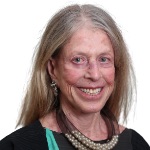
Barbara Hoffman
Barbara T. Hoffman is recognized internationally and nationally as one of the preeminent art, intellectual property, and cultural heritage lawyers. With more than forty years of practice in every aspect of the field, Hoffman has been acknowledged by her peers with leadership positions in the New York City Bar Association and International Bar Association, elected to Super Lawyers, Best Lawyers...

:sharpen(level=0):output(format=jpeg)/wp-content/uploads/2017/08/the-art-lawyers-diary-the-grand-tour-of-northern-europe.jpg)

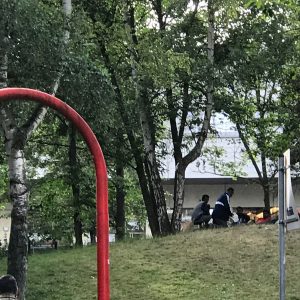
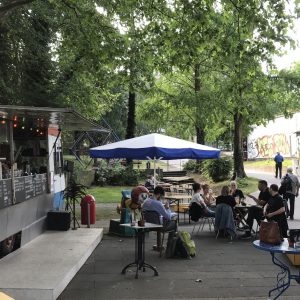
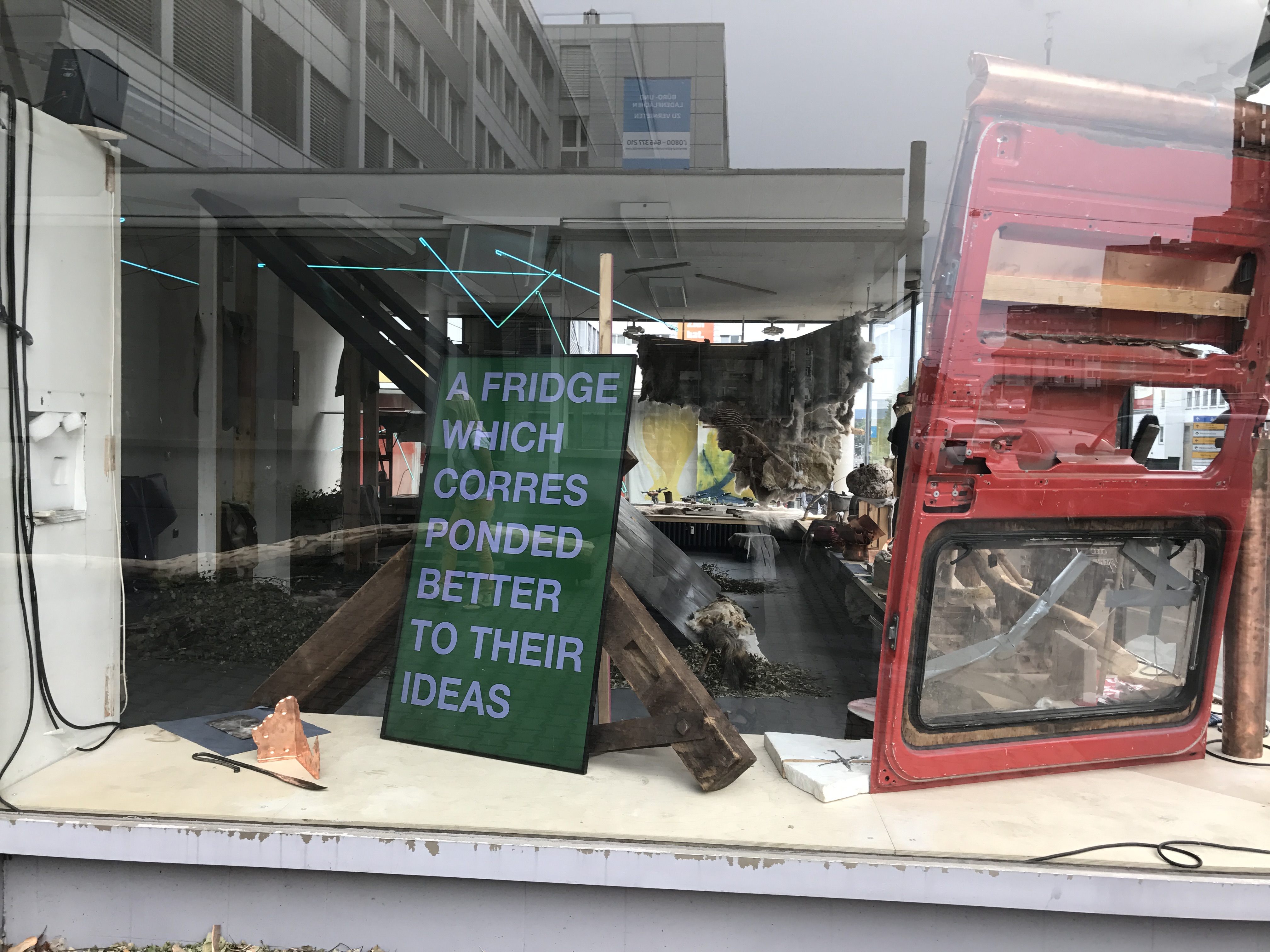
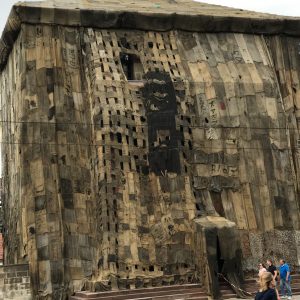
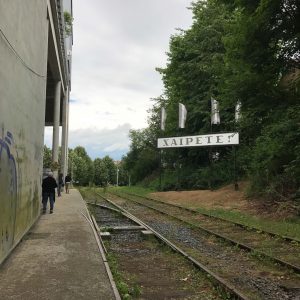
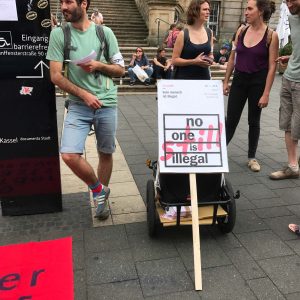
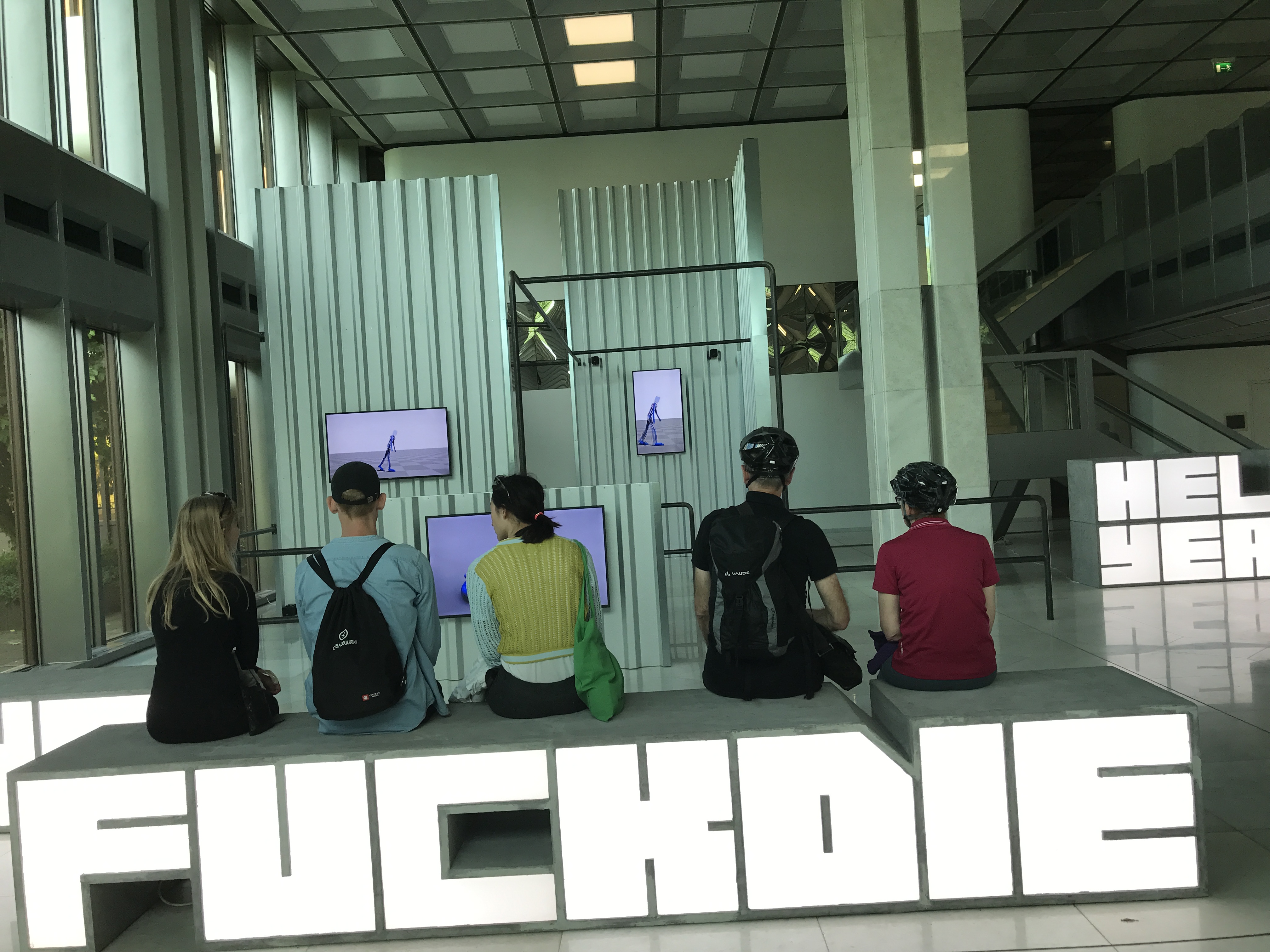
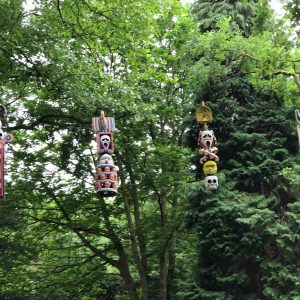
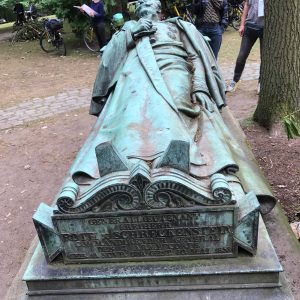
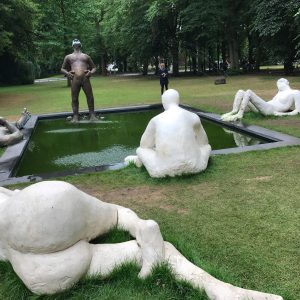
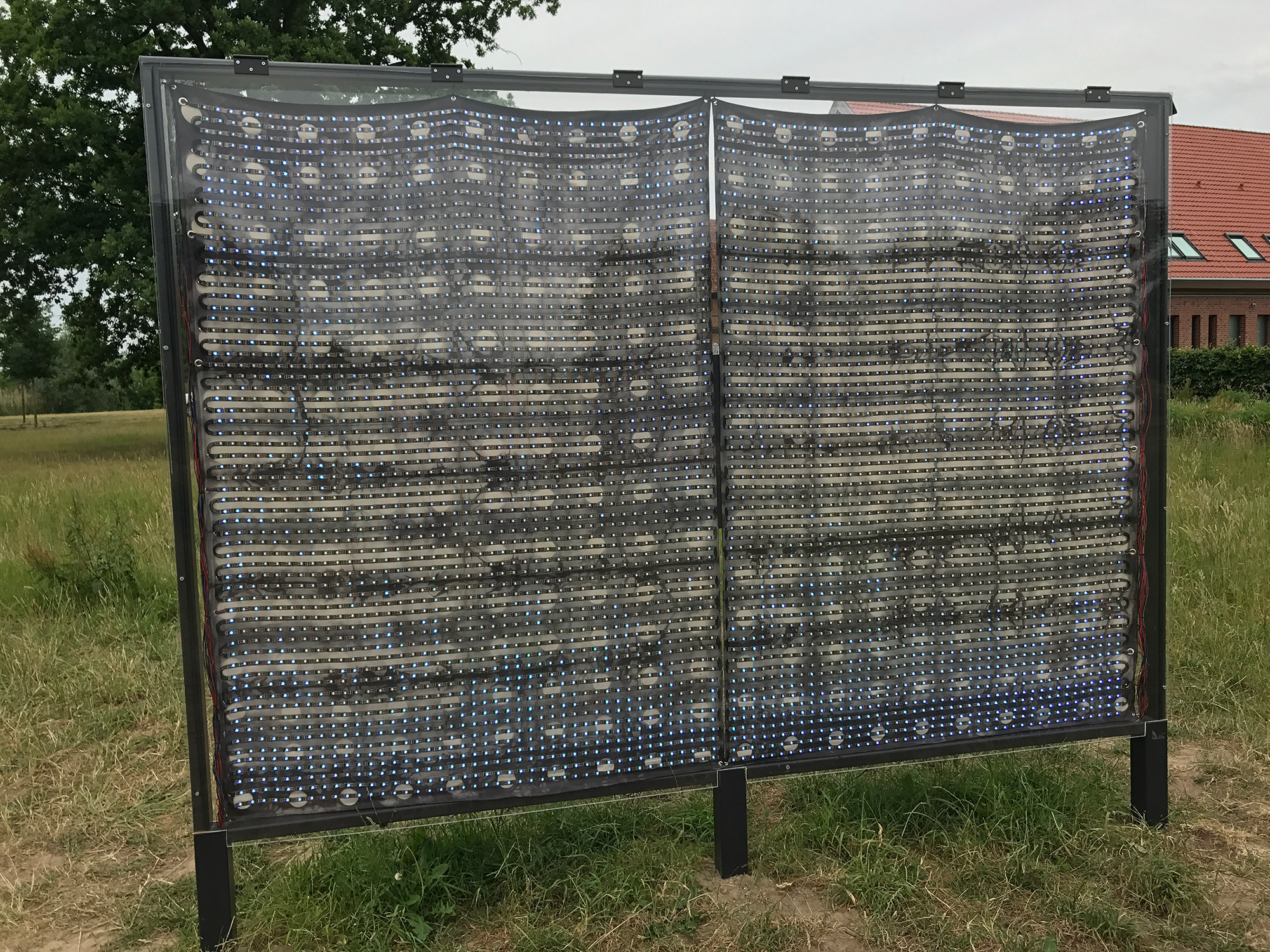
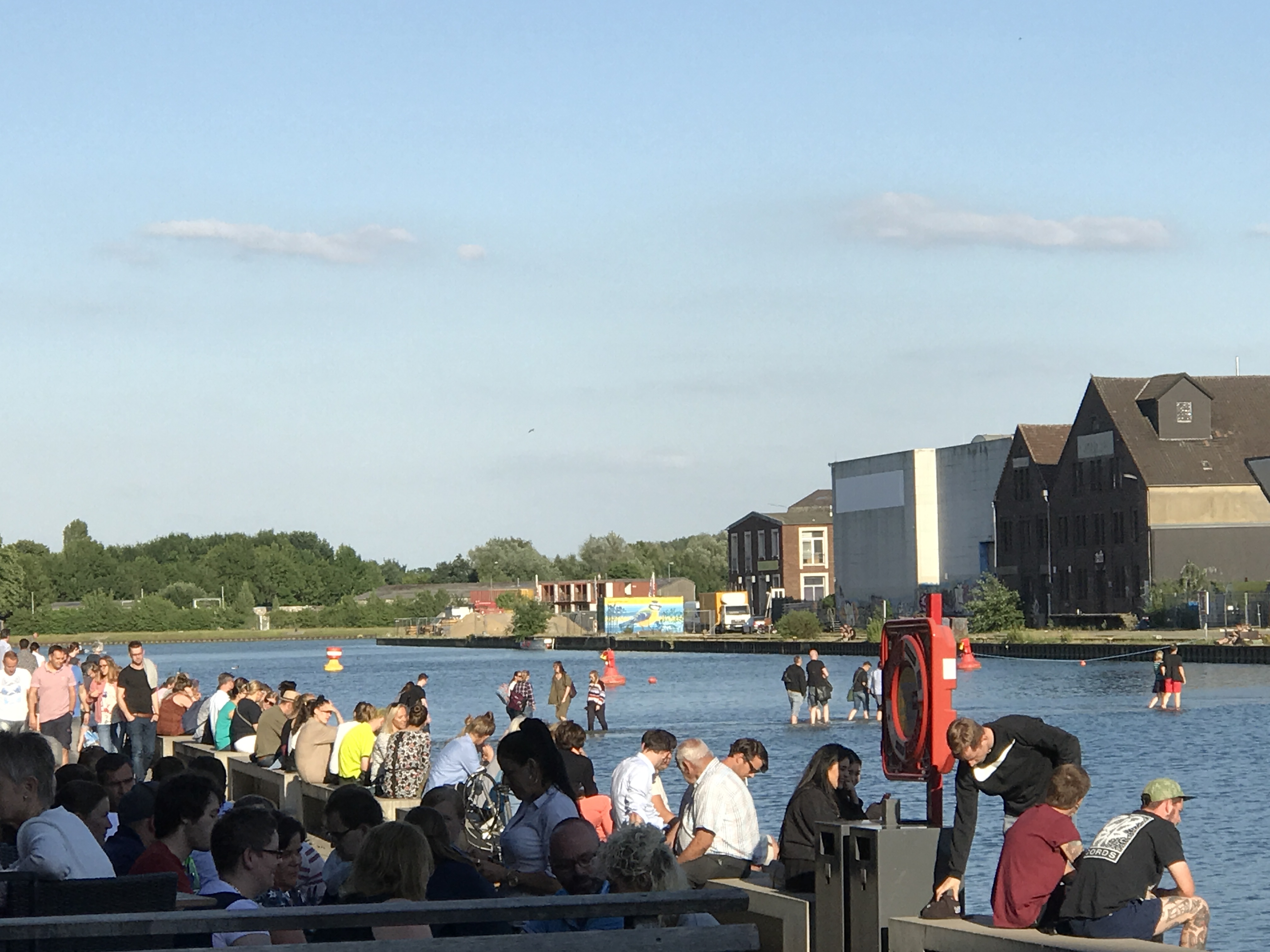
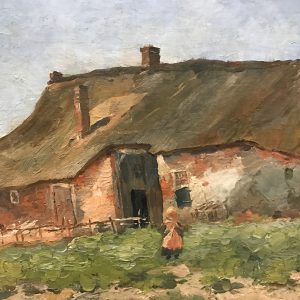
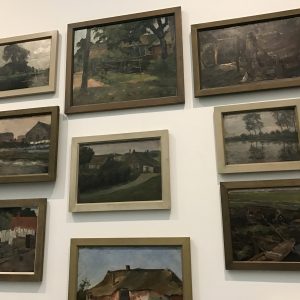
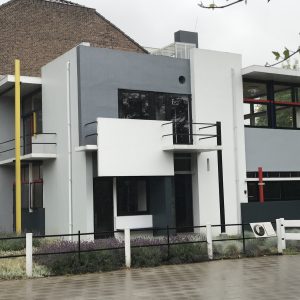
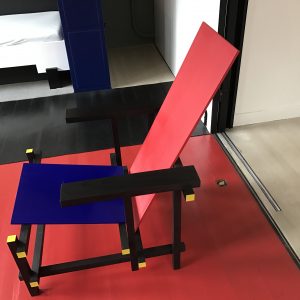
:sharpen(level=1):output(format=jpeg)/wp-content/uploads/2024/05/The-Art-Lawyers-Diary-1.jpg)
:sharpen(level=1):output(format=jpeg)/wp-content/uploads/2024/04/5-Questions-with-Bianca-Cutait-part-2-1.jpg)
:sharpen(level=1):output(format=jpeg)/wp-content/uploads/2024/05/20231208_164023-scaled-e1714747141683.jpg)
:sharpen(level=1):output(format=jpeg)/wp-content/uploads/2024/04/header.jpg)
:sharpen(level=1):output(format=jpeg)/wp-content/uploads/2024/04/5-Questions-with-Bianca-Cutait-part-1-1.jpg)
:sharpen(level=1):output(format=jpeg)/wp-content/uploads/2024/03/5-Questions-with-Alaina-Simone-1.jpg)